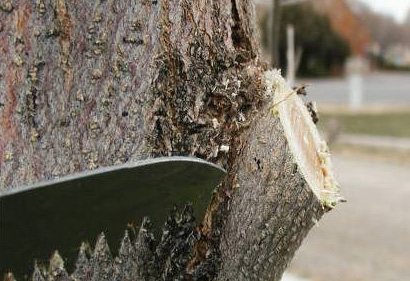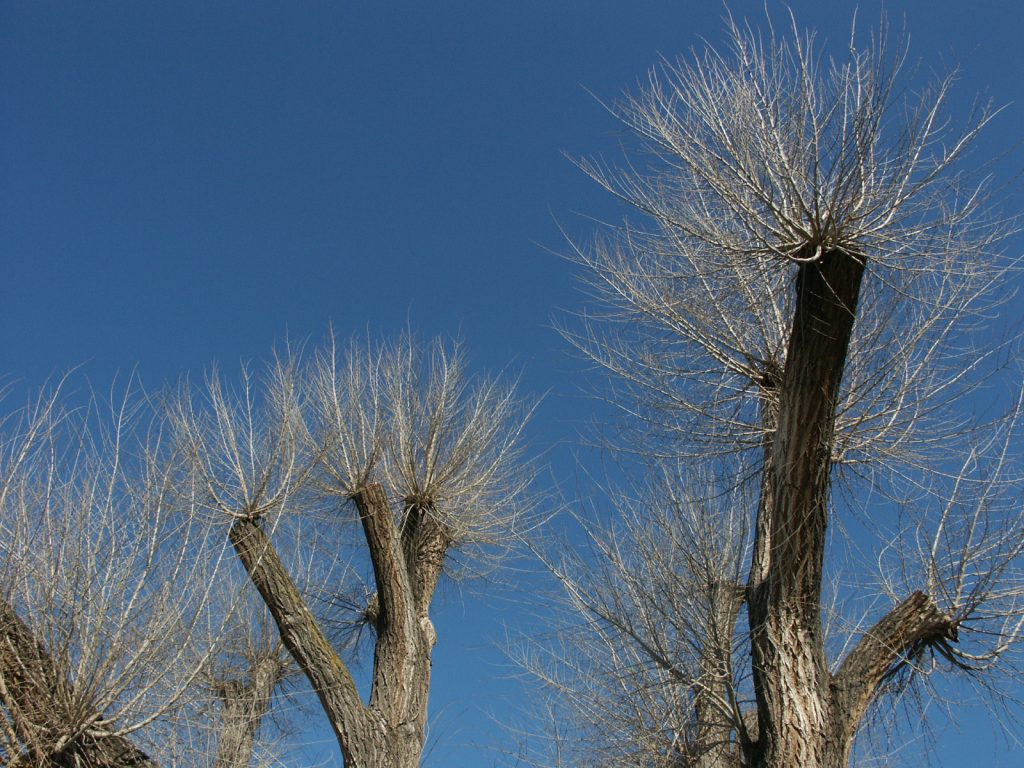March is a great time to prune trees.
While pruning can be done at any time during the year, new growth is maximized, wound closure is fastest, and pest risks are lowest if pruning takes place before spring growth. Correctly pruning a tree lengthens its life and increases its value, however poor pruning—especially “topping”—can lead to disease and structural problems. Here are some straight-forward don’ts:

Don’t make flush cuts
Cut the branch—not the branch “collar.” The branch collar is the slight swelling under the branch where the branch joins the trunk. Flush cuts (branch cuts made parallel to the tree’s trunk) often lead to decay and thick, unsightly scars.
Don’t remove too much
A good rule-of-thumb is to never remove more than 25 percent of a tree’s crown (that is, the tree’s highest branches and leaves). The crown is where much of the tree’s food is being produced, and without sufficient food, the growth and health of your tree will be stunted.

When pruning mature trees, the main objective should be to remove damaged and dead wood. For young trees (less than three years old), very light—if any—pruning should be done to maintain a strong “leader” (that is, a dominant upright branch, referred to as the trunk) so that the tree is structurally sound as it continues to grow.
Don’t “top” trees
Sometimes people “top” their trees to avoid utility wires or enlarge a view, but once a tree’s leader is severed and it’s crown halved, it will struggle to feed itself and protect itself from insects and disease. Topping trees, kills trees—just don’t do it!
For more information about pruning and tree care, find your state on this map and visit your state forestry agency’s website.

